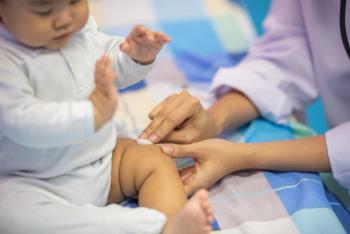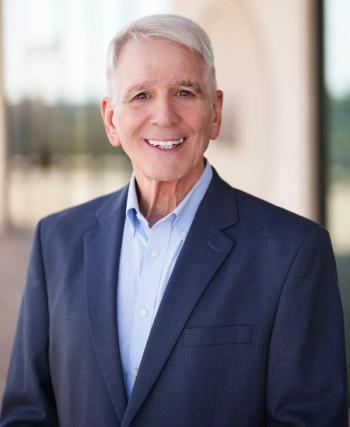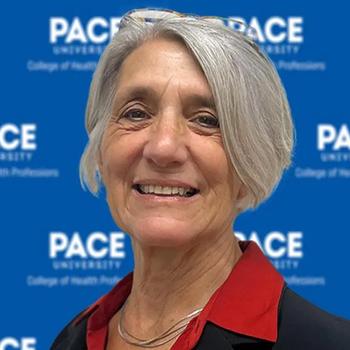
An Analysis Finds Shingrix is Highly Effective for Preventing Shingles in Seniors
A real-world analysis shows Shingrix effectively prevents shingles in adults over the age of 65, including immunocompromised people. Two doses provide better protection than one.
Shingrix is effective in preventing shingles in adults over the age of 65, including immunocompromised adults, with two doses being more effective than one, according to a study
Shingles is a viral infection that occurs when the varicella-zoster virus (VZV), the same virus that causes chickenpox, reactivates in their body. Although anyone can get shingles, it is more common in adults over the age of 50, according to the CDC. It presents as a rash, with painful blisters across the chest, abdomen, or face. Between 5% and 30% of patients with shingles experience post-herpetic neuralgia (PHN), a long-lasting nerve pain that can last weeks or months.
Shingrix is a recombinant zoster vaccine (RZV) that is manufactured by GSK. It is indicated to prevent shingles in people who are 50 years of age and older and those over the age of 18 who are immunocompromised.
Researchers at North Carolina University at Chapel Hill wanted to assess the effectiveness of Shingrix in patients who either were immunocompromised or who had received a previous dose of the live zoster vaccine. As of November 2020, Merck’s Zostavax, a live zoster vaccine, is no longer available. Zostavax showed efficacy against shingles, but the effect was not durable after about five years, and Zostavax could not be given to those who were immunocompromised.
Corresponding author Nadja A. Vielot, Ph.D., an epidemiologist and an assistant professor of family medicine at the University of North Carolina at Chapel Hill, and her colleagues used a
A key component of this method imagines a randomized trial that could be designed to answer a causal question. It tries to emulate a clinical trial with eligibility criteria, assignment of treatment strategies, and start of follow-up times.
Researchers assessed adults aged 65 years or older who were enrolled in Medicare Parts A, B, and D with fee-for-service coverage between 2007 and 2019. Participants had to have six months of continuous coverage, no claims for shingles since 2007, and no prior vaccination with the recombinant vaccine. Vielot and her colleagues conducted two analyses, with the first measuring the effectiveness of one or more Shingrix doses versus none, and the second measuring the effectiveness of two Shingrix doses versus one dose.
Vielot and her colleagues found that among 3.45 million people evaluated across 12 emulated trials in analysis 1, the one-year vaccine effectiveness of at least one Shingrix dose was 56.1% against any shingles outcome. Vaccine effectiveness was similar among people aged 65 to 80 years and among immunocompromised and immunocompetent individuals.
In analysis two, 146,296 people were evaluated across 10 emulated trials to determine the effectiveness of two doses of Shingrix versus one. The analysis found that receipt of two doses was even more effective, with a relative effectiveness of 67.9% against any shingles outcome compared with one dose.
They also found that those who were previously vaccinated with the live vaccine Zostavax would benefit from being revaccinated with Shingrix.
This analysis also showed that Shingrix was less effective in Black people, although the researchers said this could be because of a reduced incidence of shingles among this population.
Among the limitations is a short follow-up timeframe that was limited to 2018 and 2019 for the first analysis and an even shorter timeframe for the second analysis. Researchers suggested that a longer follow-up could show different effects. The study did not assess the safety of Shingrix.
Newsletter
Get the latest industry news, event updates, and more from Managed healthcare Executive.






















































